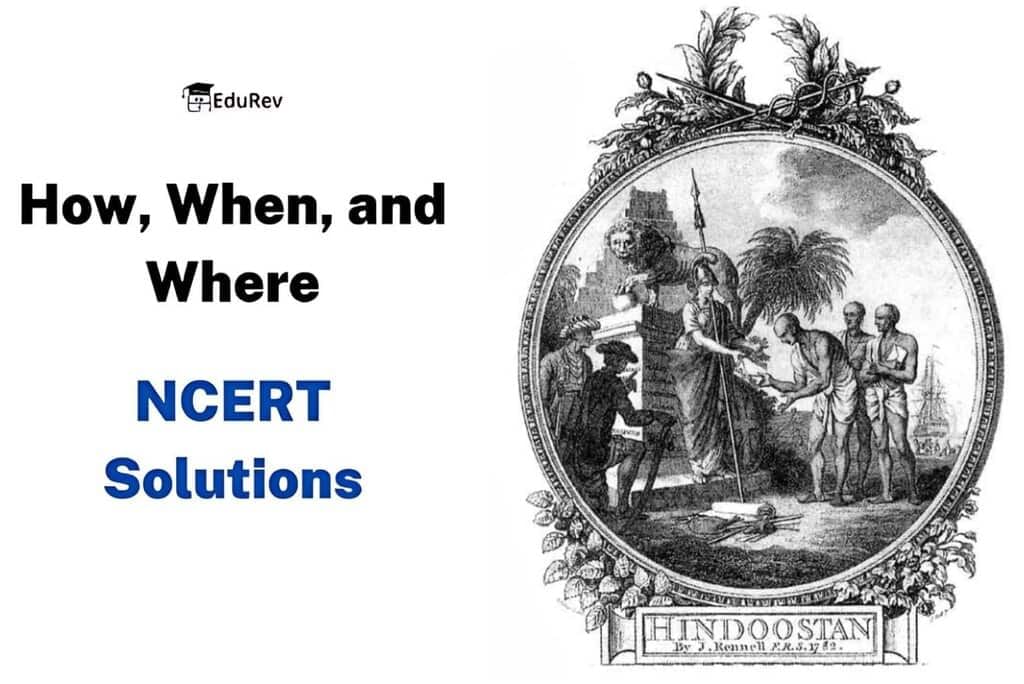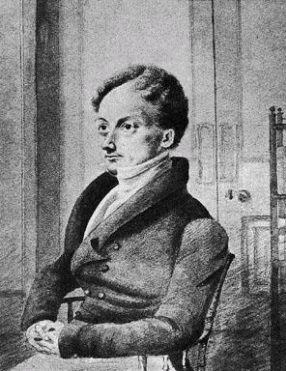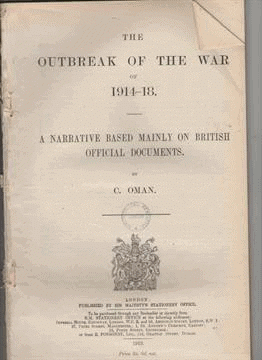NCERT Solutions for Class 8 History - How, When, and Where
| Table of contents |

|
| Let’s Recall |

|
| Let's Discuss |

|
| Let's Do |

|
| Frequently Asked Questions (FAQs) Related to How, When, and Where |

|
The chapter "How, When and Where" is a part of the Class 8 Social Studies syllabus. This chapter primarily focuses on the historical perspective of the development of various aspects of human life, such as transport, communication, and agriculture. Let's have a look at the NCERT Solutions of this Chapter.

Let’s Recall
Q1. State whether true or false:
(a) James Mill divided Indian History into three periods- Hindu, Muslim, and Christian.
(b) Official documents help us understand what the people of the country think.
(c) The British thought surveys were important for effective administration.
Ans:
(a) False
James Mill divided history on the basis of the religion of the rulers of the times.
So, he divided Indian history into three periods:
(i) Hindu
(ii) Muslim
(iii) British

(b) False
Official documents tell us only about what officials thought, what they were interested in, and what they wished to preserve for posterity.
(c) True
The British believed that a country had to be properly known before it could be effectively administered.
Let's Discuss
Q2. What is the problem with the periodization of Indian History that James Mill offers?
Ans: James Mill divided his book into three periods, namely Hindu, Muslim, and British. According to his prejudiced version of Indian history, British rule represents all the forces of progress and civilization, while the period before British rule represents darkness, ignorance, despotism, religious intolerance, caste taboos, superstitious practices, etc.
The view of Mill has several problems which are not acceptable due to reasons:
- A variety of faiths, apart from Hinduism and Islam, existed in the periods categorized as Hindu and Muslim by Mill.
- All rulers in ancient India did not share the same faith.
- It is this country from where two other religions like - Buddhism and Jainism developed and spread to other parts of the world while the Hindu religion also existed.
Q3. Why did the British preserve official documents?
Ans:
- The British preserved the important official documents because these served as records of what the officials thought, what they were interested in, and what they wished for.
 British Official Documents
British Official Documents - According to the British, the writing was more important than speaking as the documents in archives and museums can be utilized for reference at a much later period whenever required for studying or debating.
- These can also serve as information or proof of any decision or action taken earlier on some matter.
Q4. How will the information historians get from old newspapers be different from that found in police reports?
Ans: Information is essential for writing the history of a time, and it can be gathered from various sources. Apart from official documents in the archives, historians gather information from old newspapers, diaries of people, accounts of pilgrims, autobiographies of important personalities and booklets, etc.
- Information found in newspapers is varied, based on incidents that have happened across the country, whereas the police reports are limited and localized.
Because of this fact, sometimes the information historians get from police reports is not as useful as it is from old newspapers. - However, for any incident, the newspaper may not quote all the reasons behind this and may be biased as per the thinking of the reporter, while in police records, we could find some evidence for an incident and unbiased reports.
Let's Do
- Toy companies conduct surveys to learn what young people enjoy playing with. This helps them understand current trends and preferences among children and develop toys accordingly.
- Government surveys to gather data on the number of young people in school. This helps in monitoring enrollment rates, identifying areas with educational gaps, and planning education policies and resources.
- Gain knowledge about the changing preferences and interests of children over time, which can reflect societal and cultural shifts.
- Understand the impact of education policies on school enrollment rates and educational attainment among young people.
- Analyze the influence of marketing and consumer trends on the toy industry and its impact on children's play habits.
- Study the correlation between educational opportunities and societal development by examining the relationship between school enrollment data and historical events or socioeconomic factors.
- Surveys provide valuable data for historians to understand societal trends, preferences, and the impact of policies or economic factors on different aspects of society, such as education and consumer behavior.
Frequently Asked Questions (FAQs) Related to How, When, and Where
Q1. What is the significance of the title "How, When and Where"?
Ans: The title "How, When, and Where" refers to the three basic questions that are essential in understanding historical events. It is important to know how something happened, when it happened and where it happened in order to have a complete understanding of the event. This title emphasizes the importance of these questions in historical research.
Q2. What is the importance of studying history?
Ans: Studying history is important as it helps us understand our past, which in turn shapes our present and future. It helps us learn from our mistakes and improve our actions. Through the study of history, we can also gain knowledge about the cultural, social, and economic aspects of different societies and how they have evolved over time. History also helps in the development of critical thinking skills and helps us understand the world around us.
Q3. What are the different sources of historical information?
Ans: There are various sources of historical information such as written records, archaeological evidence, artifacts, oral traditions, and personal accounts. Written records include primary sources such as letters, diaries, and government documents, and secondary sources such as textbooks and academic papers. Archaeological evidence includes artifacts, ruins, and buildings. Oral traditions refer to stories passed down through generations, while personal accounts include journals and memoirs. All these sources of information are important in reconstructing the past.
Q4. How do historians identify reliable sources of information?
Ans: Historians identify reliable sources of information by evaluating the authenticity, credibility, and bias of the source. Authenticity refers to the originality of the source and its accuracy in representing the past. Credibility refers to the reliability of the source, which can be determined by examining the author's credentials, the time and place of publication, and the audience for which it was intended. Bias refers to the author's perspective and potential agenda, which can influence the accuracy of the information presented. By evaluating these factors, historians can determine the reliability of a source of information.
Q5. What are the limitations of historical research?
Ans: Historical research has limitations as it is based on incomplete and often biased information. Historical sources can be lost, destroyed, or altered over time, making it difficult to reconstruct the past accurately. Additionally, historical research is often influenced by the biases of the historian and the cultural context in which the research is conducted. It is also important to note that historical research is not an exact science and there is often room for interpretation and disagreement among historians. Despite these limitations, historical research remains an important tool for understanding our past and shaping our future.
|
69 videos|431 docs|46 tests
|
FAQs on NCERT Solutions for Class 8 History - How, When, and Where
| 1. When did the Indian National Congress hold its first session? |  |
| 2. How did the British government respond to the demands of the Indian National Congress? |  |
| 3. Where was the first major session of the Indian National Congress held after its formation? |  |
| 4. When did the Indian National Congress adopt the goal of Swaraj or self-rule? |  |
| 5. How did the British government react to the demand for complete independence by the Indian National Congress? |  |
















